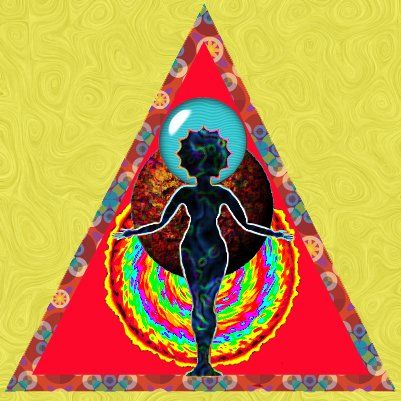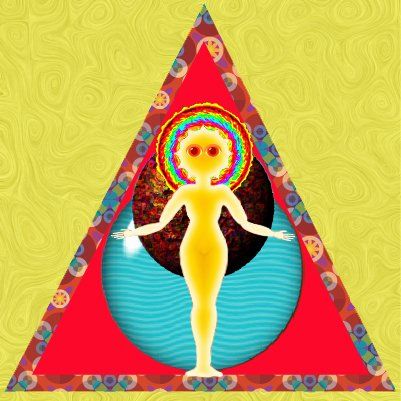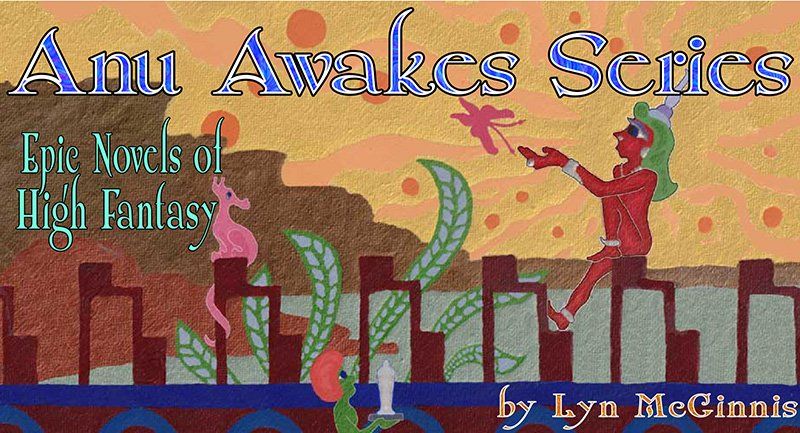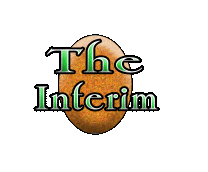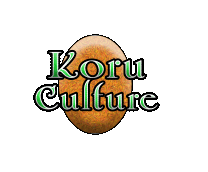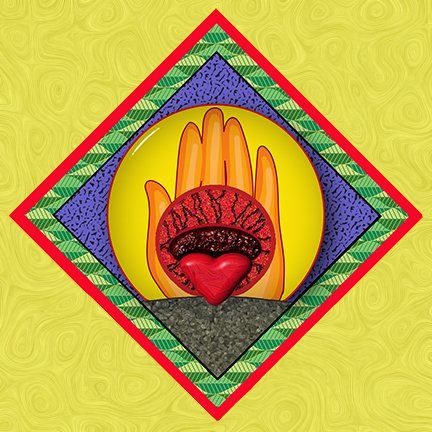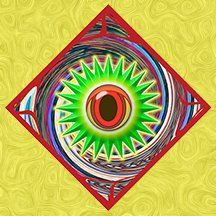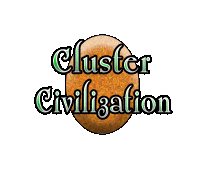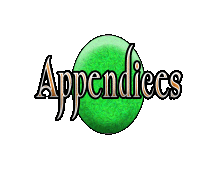
Most-Ancient Masters
New Craft, Practicians, First Masters, Lustrum Mirror a vital tool, Menem persecution, Uluvatu Masters
Invocates
Beginnings and functions, All Invocates Maja most Maja not Invocates, Long-range communications, Specialization and Estates, Little need for central location, Governance exception, Mobile Invocate Estates, Enclaves, Enclaves precede population to new province, Enclave Icon
Ketukku Enclaves
Enclaves overview, Queen Enclave, Drone Enclave, Soldier Enclave, Builder Enclave, Farmer Enclave
Kitheshal Traditions
Tutelage and Inculcation, Rural deviations in Maja culture, Primary and Secondary Tanas Annals
Most-Ancient Tatchlan Cubes
Sixty-four symbolic Icons, Cubes detect Anomalies, Public presentation, Living Instruments serve Cubes, Masks and knives, Setting the Cubes, The Working: Cubes undergo metamorphosis, Universal to Distinct, Living Sigils, Working may be difficult, Sigils In Order, Tatchlan Cube Invocates and Dreamers, Mobile Invocate Estates
Descending the Depths
The Eight profound levels towards becoming an Invocate
Student, Previous Supervisor presenting candidate to next Supervisor, Novice, Initiate, Devotee, Commencement Delver, Encompassing Delver, Delving Invocate, Full Invocate
Full Invocate Service, Concentration of Invocates in Sister Cities, Deployment of Invocate Clusters, Majastas Cluster Invocates, Majastas Cluster life cycle and the Final Generation, Operants, Operants see true System, Traversing The General Plain, Operants as Majastas Voice, Yom Sha

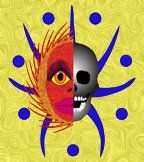
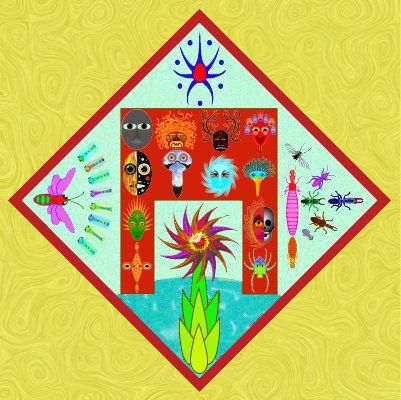
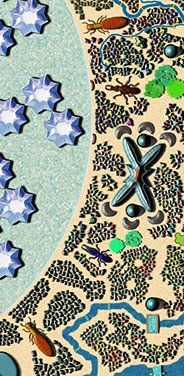

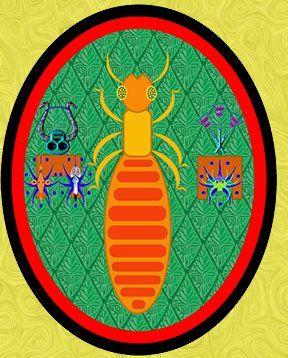
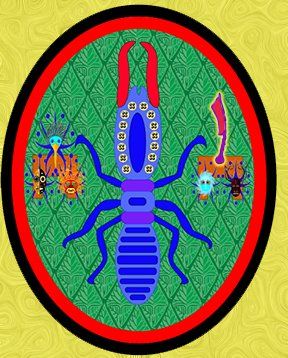
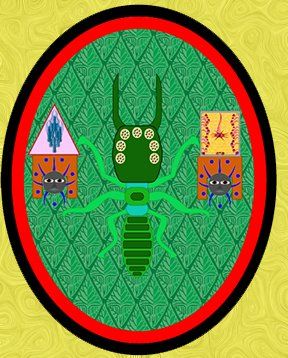
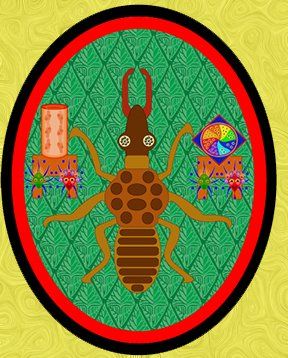
Farmer Enclave
This enclave is unique in combining the general with the highly specialized.
The general constitutes the majority of those becoming Invocates who do not display pronounced sensitivities and abilities. General Invocates form the backbone of the Invocate presence within the Living System and serve as the foundation of all specialty work. Most of those entering the Farmer Enclave will stay within its walls for their entire journey towards becoming Full Invocates.
The highly specialized aspect of this enclave has to do with its deep association with the Wellbeing Ministry, in particular, two of its bureaus. The Doubles and Vats Bureau grows all Classes of Healing Vats within Farmer Enclave walls, and the Ratio Bureau grows the Cohort Jelly necessary for producing all Manifold Gem offspring (twins, triplets, et cetera).
Those Invocates displaying a depth of vulnerability and responsiveness to the variety of Living Instruments grown in these Enclaves complete their Descent of the Depths here.
Farmer Enclaves house all
Vat Masters and thus are the source of all
Healing Vat Eggs disbursed to new
Doubles throughout the Enclaves designated region.
Such is the degree of specialization of this enclave that this includes singular Masters of non-living elements. Known as ‘Spume Masters,’ they combine different strains of
Phantasm Spume to form a cocktail specific to each cluster and administered during the
Conclusive Offering. As with the
Queen and Builder
Enclaves, these Farmer Enclaves are the nursery of a vital aspect of the
Cluster-of-Clusters Nation, in this instance, the
Healing Vats. Also present are
Manifold Doubles, unique Doubles who began as
Mundanes wishing to become
Gem mothers by ingesting
Cohort Jelly grown by the
Ratio Bureau of the Wellbeing Ministry in these enclaves. Unlike most Gem Mothers, they become Doubles during their pregnancy. Unlike most Doubles of this kind, they go to greater depths than Gem Doubles due to their unique body potency and their original aspiration to give birth to six or more identical offspring as part of the cluster
Elder’s designs. Due to their exquisite delicacy,
Skin Touched often migrate to this enclave where their specialized touch is employed in many ways.
The Farmer Enclave Badge, worn by both Students and Full Invocates selected to Descend their Depths within this Enclave, is worn opposite their ‘Descending the Depths’ level badges. The Farmer Enclave Badge has the Wellbeing Ministry Emblem beneath each enclave symbol. On the left, the top image is the Doubles and Vat Bureau insignia, a Healing Vat. On the right, the upper picture is the Ratio Bureau’s symbol of the Cohort Jelly’s eight potency levels.
Mixing the General Invocate and Highly Specialized Invocate populations has many additional benefits of forming profound linkages within the Invocate Community that have far-reaching effects on the Living System and the Skin of Anu.
Tutelage and Inculcation
In the year 55,134 of the Koru Calendar and 6,415 of the Nantu Age Calendar, Yeldic Majastas Kitheshal The First (I) initiated what would come to be known as the ‘Kitheshal Traditions.’ These teachings, disciplines, rituals, dramas, songs and other meditative practices, known collectively as the ‘Tutelage and Inculcation,’ were intended to add a robust binding culture to all Maja across Statos-Vey.
Although all Invocates begin as Maja, their Descent of the Depths and subsequent service separate them from this aspect of Maja life. With few exceptions, most Invocates only undergo a minimal form of this Kitheshal training. Given this active Invocate community, bonded by the Descent process and spanning continents, the Kitheshal Traditions were seen as a comparable association for most Maja who would never become Invocates.
Pictured here is the dynastic icon representing the twelve members of the Kitheshal Dynasty.
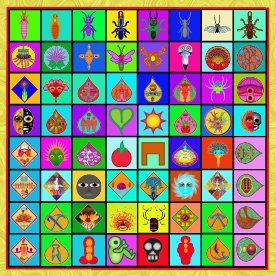
The
Primary Tolku Masters devised the Cubes before their
forced relocation from
Thithanu; the
Menem
dominated the
Tolku capital on central
Rho-Jashun. At this time, most of their work took the form of
The General Plain, which had begun the process of calming
savage raw life. This symbolic practice is transformed into a dynamic interplay between
Living Instruments in
Mount Uluvatu in the
Veredapandra Mountains of
Statos-Vey. Cubes became one of the earliest forms of interaction with the
Living System during the
Primary Epoch. This General Plain was initially undifferentiated and thus challenging for
Masters within Tatchlan to read. The Cubes provided a vital tool in taking an overview and instructing those entering the
Resplendent Work what areas required their attention. It was known thousands working these Tatchlan Cubes profoundly affected the development of The General Plain.
While direct working with specific aspects of what was becoming the Resplendent Work via Living Instruments came into practice during the Duamang Age before The Quickening, without generations of grandmothers and their mothers working the Cubes and other Living Devices, the activation of the Twelve Principal Faces and their legion of Secondary Faces would never have been achieved. The Living System has grown in its vast capacity and complexity far beyond its beginnings. However, Cube Work laid the bedrock of this living edifice, and the Cubes can still perform vital service at this foundational level. The Cube's primary function is to maintain core stability by balancing what began as highly volatile elements. This work was usually done in groups of Invocates at long tables in a three-sided formation with the Living Instruments on the inside and the Invocates on the outside. Such chambers once dominated Invocate Enclaves for working the Cubes, while Cube Masters had their chambers where they worked alone. Due to the increasingly specialized nature of Invocate work, only a tiny fraction of Secondary Epoch Invocates follow the most-ancient practices detailed below today.
Cubes detect Anomalies
Despite their large focus, the Tatchlan Cubes displayed subtlety and depth in perceiving the presence of anomalies within the Resplendent Work. An Anomaly is anything deviating from its surroundings, often in the form of a deformation or problematic accumulation that has the potential to adversely affect the Living System around it. These distortions are a natural consequence of the ever-changing landscape of Tatchlan. Under the sensitive fingertips of the Cube Masters, the Cubes reveal the location of collections of anomalies in a given region of Tatchlan. Working with the Cubes initially had a salutary effect on many of these issues. As the Living System became more intricate, so did the anomalies. Invocates began to be sent to seek out elusive and resistant anomalies. Over many Aeons, the Majastas accumulated knowledge of these anomalies and various methods of attending to them.

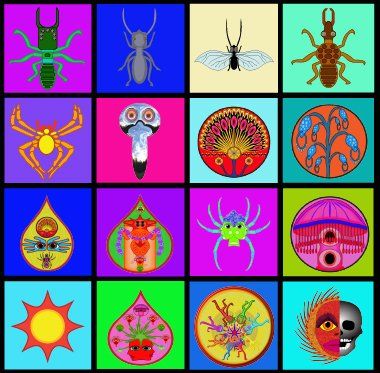
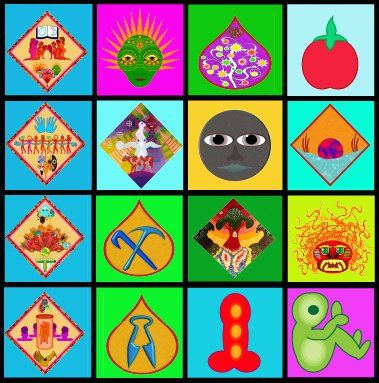
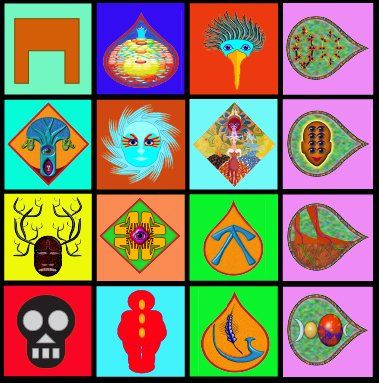
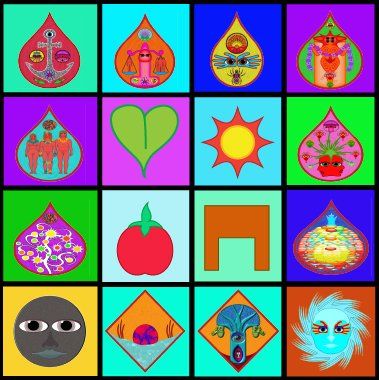
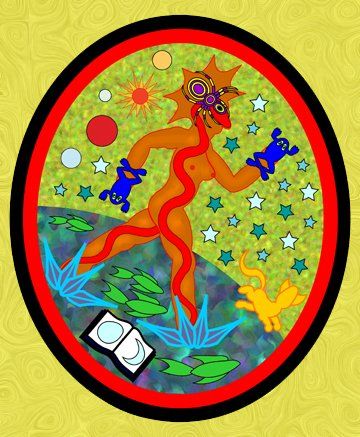
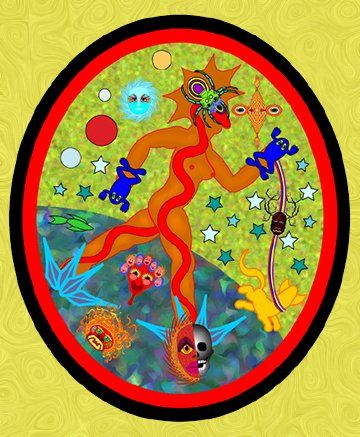
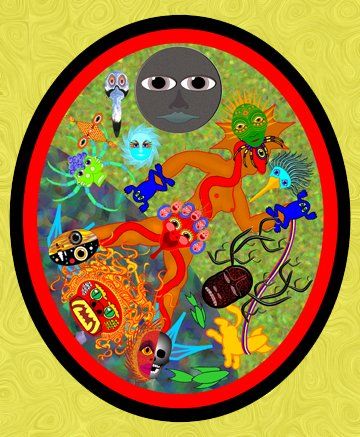
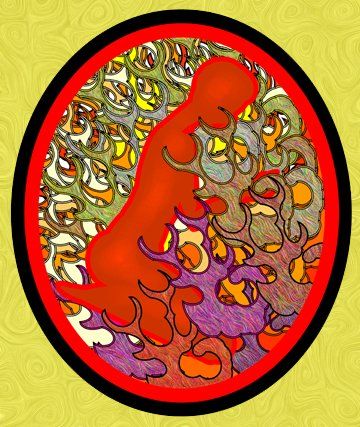
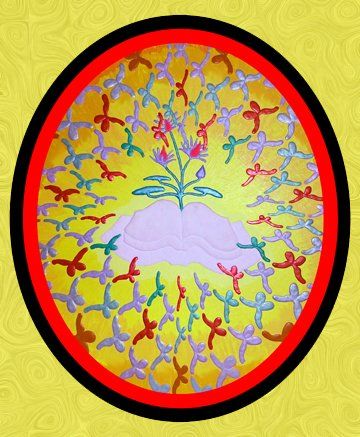
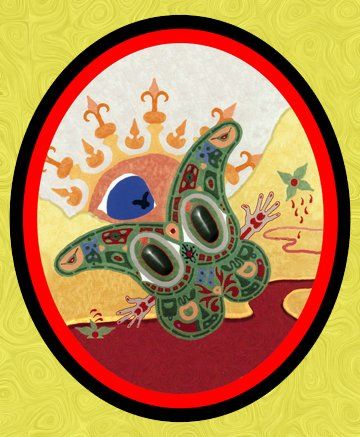
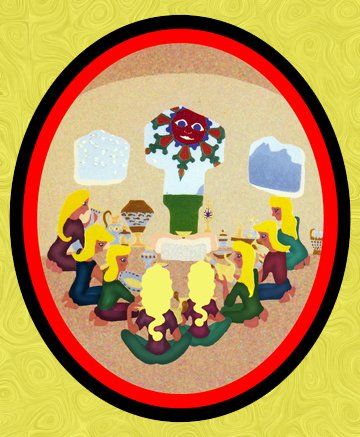
An early highlight of this process is their interaction with some of the millions of
Secondary Faces. Examining their ability to Invoke particular Secondary Faces to conduct them to obscure locations within the
Living Orb takes place. An example is locating a Secondary Face of
Muramal and having them conduct them to an
Anomaly. They are then instructed on its unravelling or removal. If it is to be removed, they gather it and call upon another Secondary Face to take them to the
Lustrum Mirror platform on
Indatubangus to dispose of it. They then examine themselves to ensure no trace of the Anomaly remains on them. They also learn to seek out other Delving Circles and locate individual
Invocates within the vast inner universe. While they work as a
Circle of Eight on many tasks, they are separated and tested individually. The final determination is made as to which Estate they will be deposited in once they become Full Invocates. Each of their supervisors, from Novice to Invocate, has contributed to this Estate designation, which may appear early or late in this descent process. There are rare occasions when such a training Circle of Eight is found to all belong to the same Estate and, therefore, remain a unit after Descending the Depths.
They also see from afar the massive Twelve Principal Faces and their Majastas within the Living System. They may be privileged to join other Full Invocates and Delving Invocate Circles in being called to do the Majastas bidding on a particular project within the Tatchlan System. Such large-scale activities are considered the deepest portion of this Delving Invocate Circle training level.
Although much of their time is spent within the grandiose setting of Tatchlan, the Delving Invocate Badge presents the Circle of Eight in a basic configuration of attending to Uses within a humble environment. In this case, they appear to assemble or polish pottery within the characteristic curved chamber of an Invocate Training Enclave. The six men are lined up on either side in profile, with the two women presenting their backs. Even though this is a circle-of-eight arrangement, their clothing signifies this is not an actual cluster setting but one subject to scrutiny and observation.

Full Invocate Service
Full Invocates are prized throughout the Cluster-of-Clusters Nation. Their Enclave confers on them their Estate Speciality, and they are dispatched, as full or half circles or occasionally as individuals, according to their distinctive strengths and skills throughout Anu. It is customary for Invocates to wear simple yellow robes with badges indicating their Estate Speciality. The traditional formula throughout the Primary and Secondary Epochs is one in ten becomes Maja, and one in ten Maja has the potential to become a Full Invocate. While this is close to stable within the Koru Cluster-of-Clusters Nation, the Danam Yelda have a higher percentage of Maja and a slightly lower percentage of Maja who become Invocates. This Invocate population can keep Cluster-of-Clusters functioning without and within Tatchlan despite this variation.
The most profound grade of each Estate is made available to the Eight Ministries governing the entire Cluster-of-Clusters nation, known as the Variothya, whether located within the ‘Sister Cities’ of Upata-Shepsus and Bhampay. They are titled the ‘Indispensable Hands,' much of their service involves attending to specialized tasks within the Resplendent Work at the behest of the Majastas or their guiding ministry. Within the deepest portions of these ministries, the most potent Invocates are, on occasion, referred to as ‘our extended tail,’ a term generally not understood given it refers to the Actual Internal Structure of Tatchlan.
Concentration of Invocates in Sister Cities
Other specialized clusters within the Capital Region surround the Majastas Cluster. This concentration of Invocate Circles forms the core and, to varying degrees, the infrastructure of the eight Variothya Ministries. These may also form unique clusters composed of a majority of Invocates. Such powerful groups, usually of the First to Third Grade, are primarily found within the Mantle Establishments and are based in the ‘Sister Cities’ of Upata-Shepsus, the political capital, and Bhampay, the prime commercial port and cultural capital. All Invocates begin as Maja, meaning all infants within an Invocate Cluster are born Maja. The only other instance where this takes place is within the Majastas Cluster. As with those outside this rarified situation, not all Maja become Invocates. Within these Invocate Clusters, these Maja take on most supportive roles in other clusters, including those born with more than one Tatchlan attribute, known as ‘Spoke Compilations,’ such as Maja Doubles and Maja Completes. The incidence of such complications is far higher within these Invocate Clusters than in the general cluster population.
